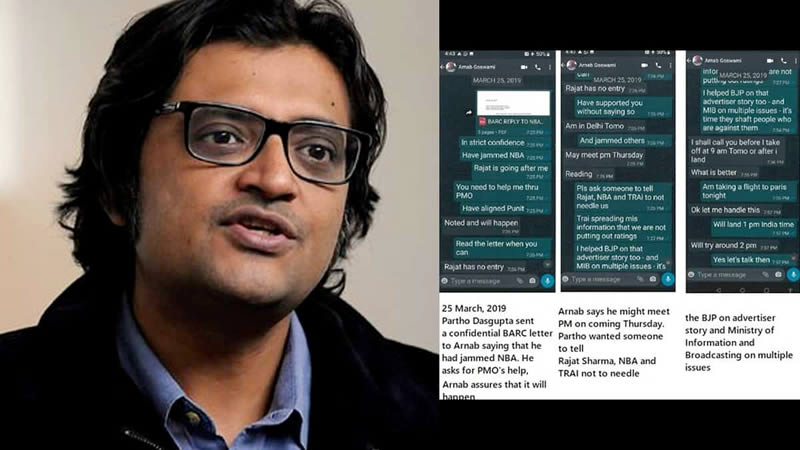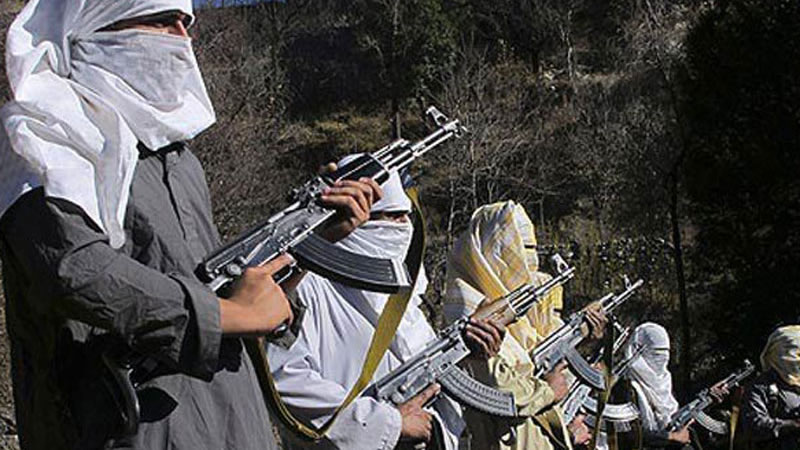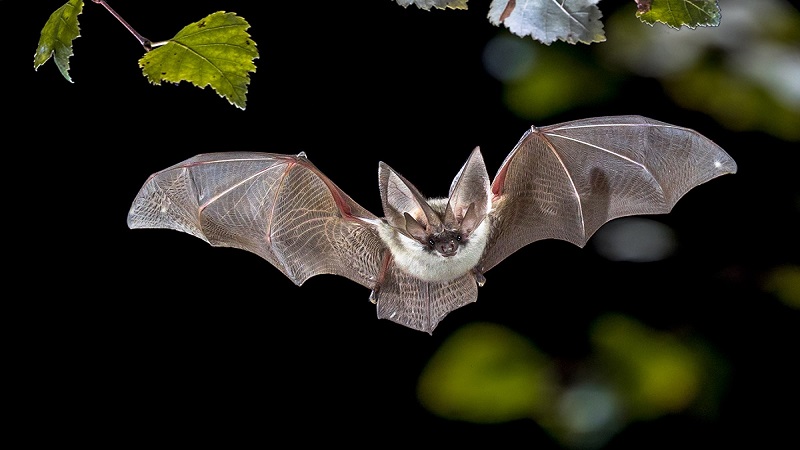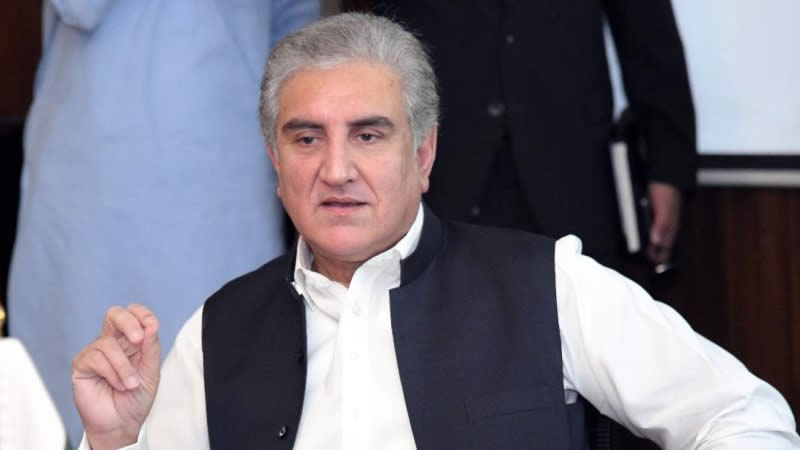 CHINA sent a strong message to its detractors by staging a test flight of its first stealth fighter jet during the US Secretary of State Robert Gates’ visit to Beijing. So far under the wraps, the test flight of the long-secret J-20 while Mr. Gates was in Beijing amounted to an unusually bold show of force by China. Asked by the media to confirm the test flight at a news conference, Guan Youfei, deputy director of the ministry’s foreign affairs office, said: “The event is not targeted at any country or particular target, nor does it intentionally coincide with the visit by US Secretary of Defence Robert Gates. It was a normal and routine arrangement. However Robert Gates could not hide his curiosity and inquired of the test from his host, the Chinese President Hu Jintao. China has formally stated that it has developed some weaponry to safeguard its national sovereignty, security and territorial integrity and China’s military development must be correctly assessed. The rapidly modernizing Chinese military, which has increasingly challenged the United States Navy in Pacific waters, first rolled out the plane last week, in what was regarded as a tough-minded welcome to Mr. Gates before he even arrived. Mr. Gates, however, reacted by playing down the spectacle.
CHINA sent a strong message to its detractors by staging a test flight of its first stealth fighter jet during the US Secretary of State Robert Gates’ visit to Beijing. So far under the wraps, the test flight of the long-secret J-20 while Mr. Gates was in Beijing amounted to an unusually bold show of force by China. Asked by the media to confirm the test flight at a news conference, Guan Youfei, deputy director of the ministry’s foreign affairs office, said: “The event is not targeted at any country or particular target, nor does it intentionally coincide with the visit by US Secretary of Defence Robert Gates. It was a normal and routine arrangement. However Robert Gates could not hide his curiosity and inquired of the test from his host, the Chinese President Hu Jintao. China has formally stated that it has developed some weaponry to safeguard its national sovereignty, security and territorial integrity and China’s military development must be correctly assessed. The rapidly modernizing Chinese military, which has increasingly challenged the United States Navy in Pacific waters, first rolled out the plane last week, in what was regarded as a tough-minded welcome to Mr. Gates before he even arrived. Mr. Gates, however, reacted by playing down the spectacle.
Gates told reporters after talks with President Hu Jintao that the maiden test flight of the advanced J-20 fighter jet prototype was part of their discussions. Gates said Hu told him that the maiden test flight was not timed to coincide with his visit. “I asked President Hu about it directly, and he said that the test had absolutely nothing to do with my visit and had been a pre-planned test. And that’s where we left it,” Gates was quoted as saying by Reuters.The test flight of the radar-eluding fighter jet in Chengdu, Sichuan province has been widely reported on Chinese Internet blogs and online news sites. The J-20, a midair-refuelable, missile-capable jet designed to fly far beyond China’s borders, was for years kept in top-secret development by the Chinese. The test flight of the two-engine, fourth generation fighter jet, which lasted 15 minutes, has been hailed by Chinese aviation enthusiasts and military fans as a glorious chapter in the history of the country’s aviation industry and in the modernization drive of the People’s Liberation Army (PLA). According to Internet reports, which cited witnesses, the prototype took off at 12:50 pm and landed at around 1:05 pm at an unidentified airfield in Chengdu, which, along with Shenyang in Liaoning province and Xi’an in Shaanxi province, accommodates one of the country’s most important and advanced aviation industry bases.
After the maiden appearance of the J-10 fighter aircraft on China Central Television on Dec 29, 2006, the focus of attention for China’s aviation enthusiasts and Western military analysts turned to the development of China’s fourth generation jet fighter that supposedly boasts stealth technology, super cruise performance and superb manoeuvrability. According to earlier reports by Western media, the J-20 is one of the stealth fighter programs launched in the late 1990s. Two prototypes had been built as of the end of 2010, the US-based Aviation Week reported. Despite the apparent appearance of the J-20 much earlier than many foreign military analysts had expected, some Western aviation experts argue that their Chinese counterparts still faced obstacles, the most immediate being the lack of a reliable domestically developed engine. On Jan 6, just days ahead of the test flight, China’s Central Military Commission awarded a first-class merit to Gan Xiaohua, an aircraft engine expert from a PLA Air Force equipment research institute, according to the Ministry of National Defence. Many analysts regarded the award as a positive sign that implied the country had achieved a remarkable advance in the aircraft engine field. The test flight was hailed by many as a huge success for the country’s national defence technology industry. General He Weirong, deputy commander of the PLA Air Force, said in November 2009 that he expected the J-20 to be operational in 2017-2019. Chinese defence planners must be commended for their entrepreneurship and innovation – Dailymailynews











